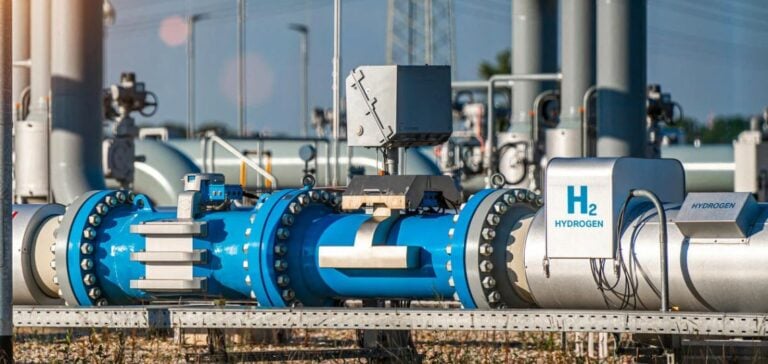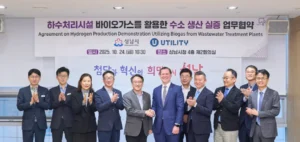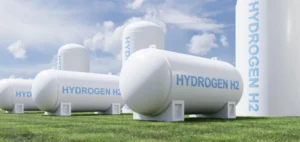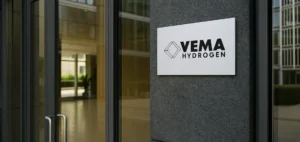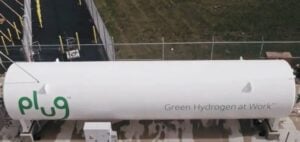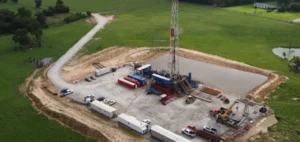In the race toward carbon neutrality, hydrogen is often seen as a miracle solution, capable of decarbonizing the most challenging sectors such as heavy industry or maritime transport. However, a recent report by the Oxford Institute for Energy Studies (OIES) points out an underestimated problem: hydrogen leaks.
Although these losses may seem minimal, their environmental and economic impact is far from negligible. The study, entitled Review of Hydrogen Leakage along the Supply Chain, provides a detailed analysis of the risks related to leaks, their causes, and ways to reduce them. This article deciphers the report’s findings while shedding light on the challenges it raises for the future of the energy transition.
An Invisible but Devastating Risk
Hydrogen is often described as “clean energy” because its combustion produces only water. However, when it escapes into the atmosphere, it can cause significant indirect climatic effects. The OIES report explains these mechanisms in detail.
– Slowing the breakdown of methane: Hydrogen competes with methane for hydroxyl radicals (OH), which play a key role in breaking down this powerful greenhouse gas. This interaction prolongs methane’s atmospheric lifespan, amplifying its climatic impact.
– Increasing tropospheric ozone: By reacting with nitrogen oxides (NOₓ), hydrogen contributes to the formation of tropospheric ozone. This gas, toxic to humans and harmful to crops, is a major pollutant in urban areas.
– Effects on the stratosphere: When hydrogen reaches the upper layers of the atmosphere, it can increase water vapor concentration, which worsens ozone layer destruction. This exposes the Earth’s surface to harmful UV rays.
These indirect effects, while less visible than CO₂ emissions, could hinder global climate goals if hydrogen leaks are not controlled.
A Supply Chain with Multiple Risks
The report identifies the main vulnerabilities in the hydrogen supply chain where leaks are most frequent.
1. Production:
– Leaks are relatively limited in modern facilities like electrolyzers, but they can occur during complex processes such as carbon capture and storage in methane reforming plants (blue hydrogen).
– Aging equipment and inadequate maintenance procedures increase risks.
2. Transport and storage:
– Pipelines: Hydrogen embrittlement of materials is a major issue. This phenomenon weakens steel pipelines, making them more likely to leak. Micro-leaks, although often imperceptible, accumulate over long distances.
– Cryogenic tanks: Storing liquid hydrogen at -253°C leads to losses through “boil-off” (evaporation), particularly when tanks are poorly insulated.
3. End-use:
– Hydrogen refueling stations and vehicles handle gases under high pressure, increasing the risk of leaks.
– In industrial applications, high-pressure or high-temperature equipment requires constant maintenance to prevent losses.
The report estimates that the transport and storage segment alone accounts for about 50% of hydrogen leaks in the supply chain.
The Economic Consequences of Leaks
Hydrogen leaks not only pose an environmental problem, but they also result in significant financial losses. With production costs ranging between $2 and $4 per kilogram, every leak represents substantial waste.
According to the report, if current infrastructures are not adapted, up to 6.9% of the hydrogen produced could be lost into the atmosphere. Economically, this could translate to annual global losses of several billion dollars.
Beyond direct losses, leaks also increase the maintenance costs of infrastructure, as materials damaged by hydrogen require frequent repairs. These additional costs could deter investors and slow the development of the hydrogen sector.
Solutions Proposed in the Report
To reduce hydrogen leaks, the OIES report proposes a combined approach of technological innovations and ambitious public policies.
1. Technological innovations:
– Advanced materials: The use of nanocoatings like graphene or pipelines lined with polymers helps limit embrittlement and permeation.
– Advanced detection: Optical and electrochemical sensors can detect leaks at very low levels, ensuring quick intervention.
2. Infrastructure design:
– Reducing the number of connections in pipelines minimizes leak risks.
– Modular systems simplify maintenance and reduce vulnerable areas.
3. Public policies:
– Establishing international standards, such as those proposed by ISO and ASME, is essential for uniform practices.
– Financial incentives, such as subsidies for modernizing infrastructure, would encourage the adoption of advanced technologies.
To learn more and download the full report, click here: ET41 – Review of Hydrogen Leakage along the Supply Chain
An Urgent Global Challenge
The report concludes with an uncompromising observation: controlling hydrogen leaks must become a strategic priority to ensure the success of the energy transition. Without rapid and coordinated action, the climate benefits of hydrogen could be partially negated.
The path forward is clear: invest in adapted infrastructure, strengthen regulatory frameworks, and promote technological innovations. Hydrogen can fulfill its promise as a clean and sustainable energy source, but only if the issue of leaks is addressed today.


